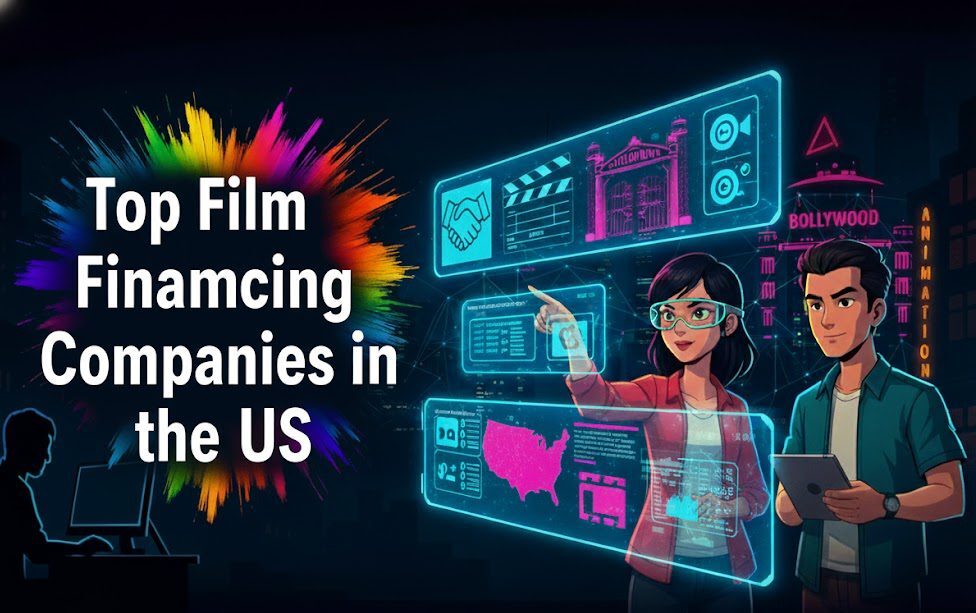Introduction
Merchandising deals have transformed the entertainment industry, turning blockbuster films and hit TV series into billion-dollar franchises. But how do IP (Intellectual Property) holders leverage these deals to generate massive revenues? In this in-depth guide, we’ll explore the mechanics of merchandising deals, from licensing agreements to revenue-sharing models. You’ll discover how studios, streaming platforms, and production companies capitalize on toys, apparel, and consumer products—and how businesses can tap into these opportunities.
By reading this article, you’ll learn:
- The fundamentals of merchandising deals in entertainment
- The types of merchandising agreements and how they work
- Key players involved in licensing and distribution
- Revenue models and profit-sharing structures
- Common challenges and how to navigate them
- How Vitrina helps businesses identify and secure merchandising opportunities
Let’s dive into the world of entertainment merchandising!
Table of content
Find Licensing Opportunities for Your Film & TV IP

What is a Merchandising Deal?
A merchandising Deal is an agreement between an intellectual property (IP) holder—such as a film studio, TV network, or production company—and a manufacturer or retailer that produces and sells branded consumer products. These products range from action figures and clothing to video games and theme park attractions.
Merchandising is a crucial revenue stream in entertainment, often exceeding box office or streaming revenue. For example, Disney earns billions annually from character merchandise linked to franchises like Marvel, Star Wars, and Frozen.
Types of Merchandising Deals in Film & TV
1. Licensing Agreements
The most common type, a licensing deal, allows a company to manufacture and sell products using a film or TV brand. The IP owner receives royalties, typically 5% to 15% of sales revenue.
2. Co-Branded Partnerships
A brand collaborates directly with a film or show for mutual promotion—think McDonald’s Happy Meal tie-ins with Disney movies.
3. Direct-to-Consumer (DTC) Merchandising
Studios and streaming platforms create their own merchandise lines, cutting out intermediaries. Netflix’s online store sells exclusive Stranger Things and Squid Game merchandise.
4. Franchise-Based Merchandising
Some studios create franchise-based merchandising arms, such as Warner Bros. Consumer Products, which handles merchandising for Harry Potter, DC Comics, and Looney Tunes.
How Merchandising Deals Work
- IP Owners Identify Merchandising Potential – The studio assesses whether a film, series, or character has strong consumer appeal.
- Licensing Agreements are Negotiated – Terms include royalty percentages, product categories, and distribution rights.
- Manufacturers Develop and Distribute Products – These range from apparel and toys to theme park attractions.
- Retail & Digital Sales Drive Revenue – Products are sold via physical stores, e-commerce platforms, and special promotions.
Stay Ahead with Global Entertainment Market Insights

Key Players in a Merchandising Deal
- Film & TV Studios (Disney, Warner Bros., Universal) – Own the IP rights
- Manufacturers & Retailers (Hasbro, Mattel, Walmart) – Produce and sell the merchandise
- Brand Licensing Agents (IMG, CPLG, WildBrain) – Manage merchandising rights for IP owners
- Streaming Platforms (Netflix, Prime Video, Disney+) – Monetize their content through exclusive merchandise
Revenue Models and Profit-Sharing
Merchandising revenue models include:
- Royalty-Based Model – IP owner earns 5%-15% of product sales revenue
- Flat-Rate Licensing Fee – Manufacturers pay a one-time upfront fee
- Revenue-Sharing Model – Profits are split based on a negotiated ratio
- DTC Sales Model – Studios retain 100% revenue from self-operated merchandise stores
Challenges in Securing a Merchandising Deal
- Licensing Complexity – Securing the right deal requires negotiation and legal expertise
- Market Saturation – Competing against established franchises is tough
- Retail Distribution Issues – Gaining shelf space in major stores is challenging
- Consumer Demand Fluctuations – Trends shift quickly, affecting merchandise sales
How Vitrina Helps with Merchandising Deals
Vitrina simplifies the process of securing merchandising deals by:
✔ Tracking Entertainment Trends – Identify emerging IPs with strong merchandising potential
✔ Connecting with Key Players – Find and reach out to licensing agents, manufacturers, and retailers
✔ Providing Competitive Intelligence – Monitor which films and series are driving merchandise sales
✔ Enabling Deal-Making – Access verified contact details of decision-makers across 100+ countries
With Vitrina’s extensive industry insights, businesses can unlock lucrative merchandising opportunities faster and more effectively.
Key Takeaways
✅ Merchandising deals turn films and series into billion-dollar franchises.
✅ Licensing agreements, DTC sales, and partnerships drive revenue.
✅ Major studios, retailers, and licensing agents dominate the space.
✅ Challenges include licensing complexity and shifting consumer demand.
✅ Vitrina helps businesses navigate merchandising opportunities with data-driven insights.
Frequently Asked Questions
Through royalties, licensing fees, and direct-to-consumer sales.
Generally, 5%-15% of product sales revenue.
Platforms like Vitrina provide access to key players and industry data.






































